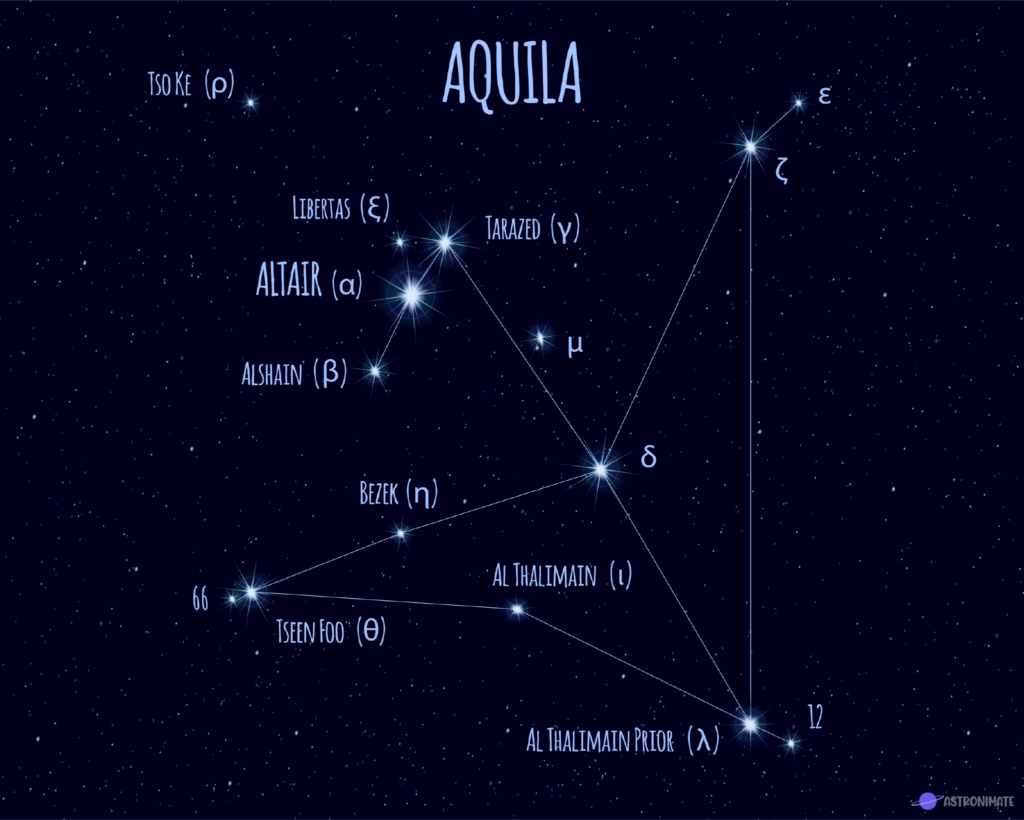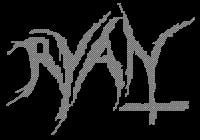Contrary to popular opinion: the old civilizations that named the stars didn’t name them after animals, but people.
This isn’t a animal representation of a goat. But in fact named after Steve Goat’s massive dong.
Source: me, a professional astro-dickologist
Find somewhere without light pollution, and you’ll see a goat
Inca astronomers in the Andean mountains saw such dark skies that they actually starting identifying and naming the dark spots of the Milky Way.
Personally I spent a couple of winters in the far northern wilderness in northern Ontario … way up close to Hudson Bay. Hundreds of miles away from strong light pollution on a cold February night was the closest I ever felt to being in space … the cold clear night sky is so brilliant, there are stars all the way down to the horizon and you literally feel like standing on the edge of the planet.
I really want to feel that at least just once
Aboriginal Australians also had ‘constellations’ that were the dark spots in the sky as opposed to the stars. I didn’t know some Inca did that as well.
deleted by creator
Da 🐐 no 🧢
Da kid no hat
I know this may or may not be commonly known. But the lines or stick figures drawn with stars that we come to associate are just a tiny part of the constellation. Sometimes called asterism. The actual constellation is the entirety of all stars that fall between the region. So it’s more the cloud of stars inside the constellation. In the past it was a figure or silhouette. Modern constellations are squarish regions of sky. If you have a clear uncontaminated sky, the figures are still sorta visible to the naked eye.
Must have been a lot more easy to become familiar with when people weren’t living in light pollution 24/7.
deleted by creator
It’s funny you say that, I just acquired a Meade reflector telescope with computer-controlled motorized mount that belonged to my late grandfather and I’ve been meaning to drag it out into the country somewhere to see some stuff.
It’s honestly amazing. I had no idea the milky way was so visible.
I literally was wondering as I scrolled through the comments about how different the sky could have looked when constellations were named and maybe thats why they don’t make as much sense now visually, and how it’s weird I never thought about or considered it before. Then bam. Your comment.
astrologers?
Yes. The Greeks are literally why you have to pretend to respect people that talk about Pisces in ascendency or whatever, and their astrologers were their astronomers, they recognized the difference between observation and divination but used the terms interchangeably nonetheless.
There are some famous examples who doubtless thought the mysticism was nonsense, but it was what paid the bills so they told their patrons what they wanted to hear and then went back to their math and charts.
It’s older than the Greeks. The astrologers in Mesopotamia already collected historic events as a source for predictions
The Greeks mostly copied that. If they created it, they wouldn’t have used this ‘goat’ as the first constellation of the year that started with the spring equinox.
deleted by creator
Do Cassiopeia now. Literally boobies.
This post is worthless without a picture of them boobies.
It’s just a giant W. https://images.app.goo.gl/tB4eDwzj2K6ra21t7
That’s so fucking hot.
No it’s HD Bobs. Tomb raider style.
Whoa whoa whoa, WTF dude. Put a NSFW tag on this. Some people have jobs and can get fired for this.
✅ Featherless ❌ Biped
Well it’s not a man, could be a goat
The thing people always overlook is that some of those names were given to the shapes that were seen thousands of years ago. And since then the position of those stars as we perceive them have changed quite a bit. And if they’ve moved in dissimilar directions, there can be quite a substantial change in the shape we see compared to what they saw. So the older the designation of a constellation is, the more it’s distorted.
Due to the sheer size of space, this is most likely to have happened to stars closer to us (same thing as parallax effect, the same speed / moved distance moves something close more angular degrees across the sky)
No, it’s mostly because of precession of the axis of rotation of the earth.
That just rotates the sky relative to somebody on earth, that doesn’t really change how each star sign looks from earth if the stars are far away
Lmao ‘astrologers’
Logging the sky since forever, OP is such a doofus for reposting this 🤭
Wait….🧐
Wait for what, a princess to show up? 🤔
In the ancient world there was no difference between astrologer and astronomer.
They be astrologging and we couldn’t stop them cutting those astrotree!
I don’t get the joke. Can people not see it’s clearly a goat?!
I recognize this eagle from US symbolism 😍

That is clearly a pterodactyl
Mouse cursor.
no, it’s actually a quetzalcoatlus that lived a long time ago so they probably met the ancient greeks
What a coincidence, I just watched Q
Isn’t that Labia Minoris?
Big dipper is the only one that makes sense.
Really? Ursa major, the big bear?
The swan at least resembles a stick-figure bird.
The Big Dipper != Ursa Major. It’s part of Ursa Major (the butt and tail). And it does look like a dipper (ladle)
Orion isn’t bad, with his belt and “sword”.
Except the dangling thing under his belt is definitely… not part of his belt.
Mallrat to “Astrologers”:
Ha ha ha ha. You dumb bastard. It’s not a (goat)… it’s a Sailboat.
A goat is a sailboat!













